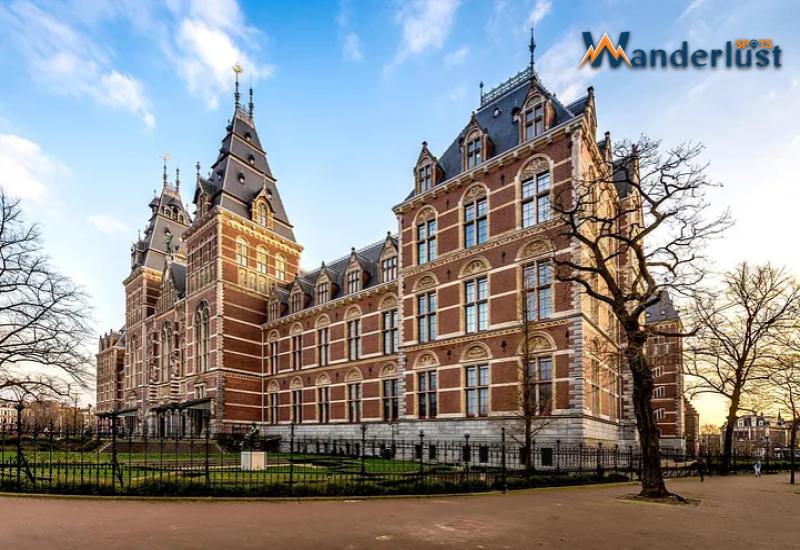Japan is a mysterious country. It’s the ideal fusion of cutting-edge technology operating at breakneck speed with centuries-old customs. As one of the most developed industrialized countries in the world, Japan is a relatively small Asian nation with a rich and intriguing history that spans thousands of years. This fact often surprises many first-time visitors to the country.
Japan’s Buddhist and Shinto temples were already well-established and attracting pilgrims and patrons due to their ornate designs and décor long before many of Europe’s most beautiful cathedrals were erected. Simultaneously, the nation was honing the crafts and abilities that would lead it to prosperity, ranging from exquisite ceramics and porcelains to textiles like silk.
Despite wars and natural disasters, a great deal of this rich culture has been maintained (or rebuilt), and a trip to Japan is an unforgettable experience. With so many exciting things to do, places of interest to discover, and top attractions to choose from, a vacation in Japan is unquestionably a wise financial and time investment. Discover the best places to visit in the country with our list of the top tourist attractions in Japan.
1. Mount Fuji
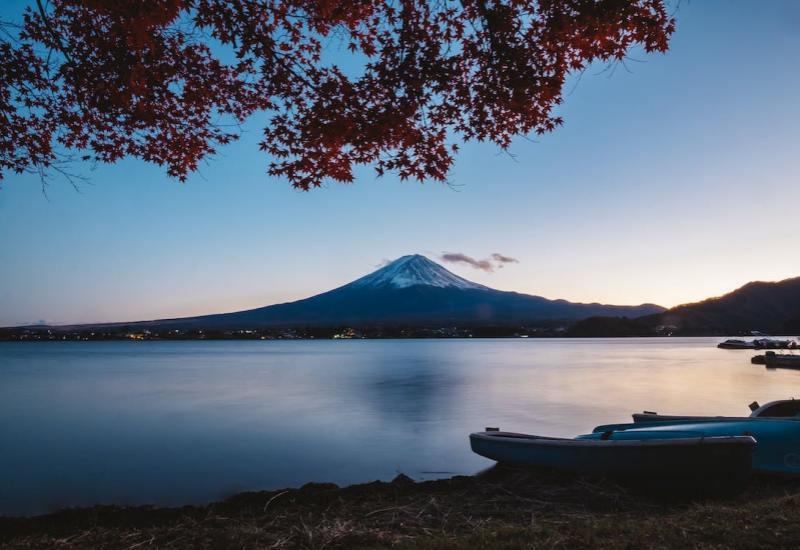
Without a doubt, Japan’s most recognizable landmark, majestic Mount Fuji (Fuji-san) is also the country’s highest mountain peak. Towering 3,776 meters over an otherwise largely flat landscape to the south and east, this majestic and fabled mountain is tall enough to be seen from Tokyo, more than 100 kilometers away. For centuries, literature and art have praised Mount Fuji, which is today regarded as such a significant symbol that UNESCO acknowledged its global cultural relevance in 2013.
2. Shibuya Crossing
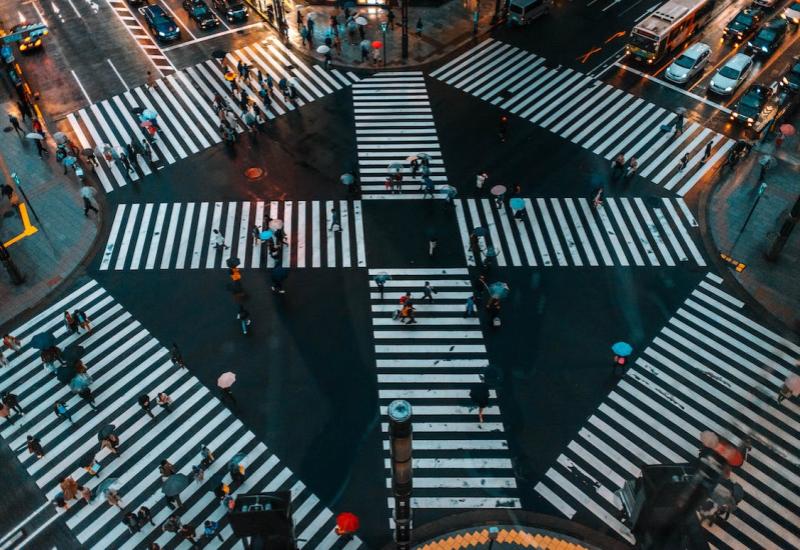
The busiest crossing in the world is Shibuya Crossing, which is situated in Tokyo’s Shibuya neighborhood. There are five crossroads there, allowing people to move freely in all directions. It is claimed that over 3,000 people cross it simultaneously during peak hours without running into one another, making for a breathtaking sight! A renowned observation deck called Shibuya Sky provides 360-degree views of the famous crossing and the skyscraper-filled Shibuya neighborhoods. Shibuya Scramble Square is a massive shopping complex.
3. Imperial Tokyo
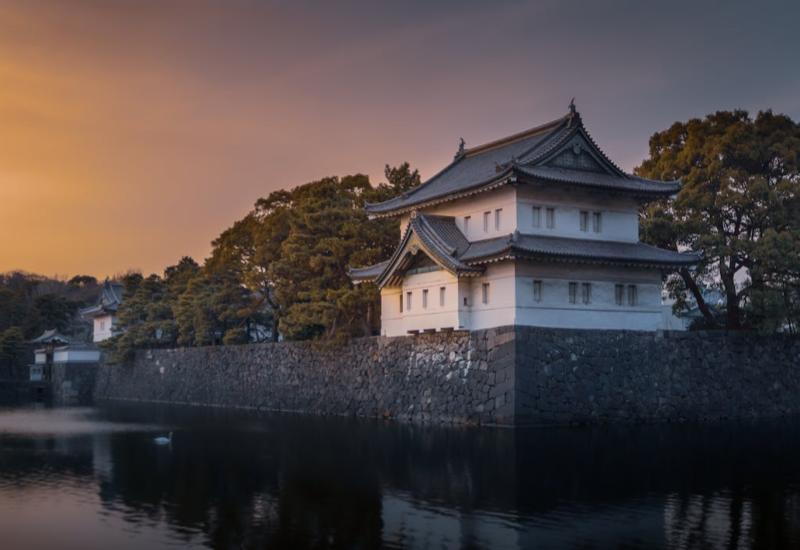
The Imperial Palace, the most well-known monument in Tokyo, is a must-see while travelling to the country’s capital because of its exquisite parks from the 17th century that are encircled by walls and moats. Even though the Imperial family still uses the palace, most of it is inaccessible to the public, but even so, just wandering around the grounds will show you plenty of sights.
The iconic Nijubashi Bridge, often known as the “double bridge,” gets its name from its reflection in the water and is one of the most charming panoramas. Visitors to Tokyo should also make time to explore the well-known Ginza retail district. The Kabuki-za Theatre, which presents Kabuki shows, and the Shimbashi Enbujo Theatre, which features Bunraku and traditional Azuma-odori dances, are located in this always busy location.
4. Kyoto, Fushimi Inari
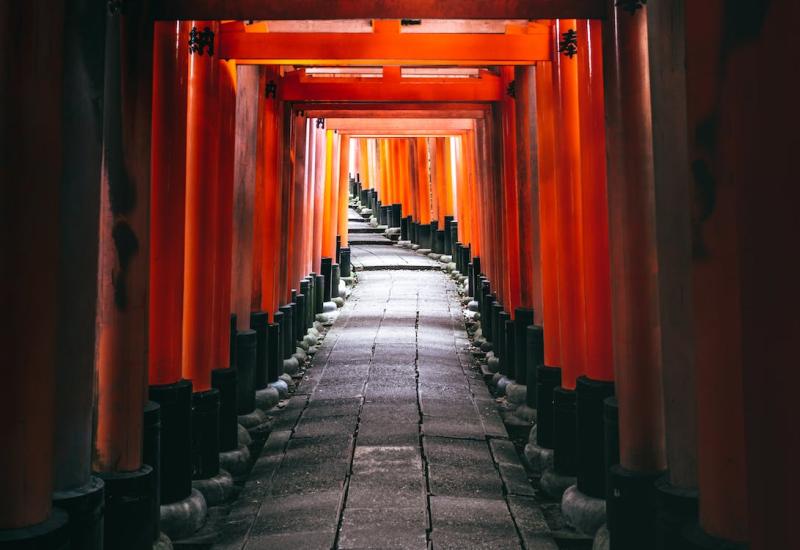
Kyoto‘s remarkable townscape, replete with exquisite temples and shrines, never fails to awe tourists. Tokyo replaced it as the country’s ancient capital and grew to become the biggest hub for politics and the economy. Wandering through the picturesque town will lead you to well-known historical locations like Arashiyama, a serene place renowned for its breathtaking bamboo forest. Kiyomizudera, a revered Buddhist temple, was designated as a UNESCO World Heritage Site in 1994.
The Shinto temple Fushimi Inari, which is located at the foot of Mount Inari, is another noteworthy attraction you shouldn’t miss. As the most famous tourist destination in Kyoto, the picturesque shrine welcomes thousands of visitors every year from all over the globe. Senbon-torii, which literally translates to “a thousand red Torii gates creating stunning scenery,” greets guests. A perfect picture moment would be if you followed the red theme with a red dress and just immersed yourself in its beauty.
It’s possible to shoot breathtaking photos of the exquisite Tori gates without any crowds if you go there early in the morning. It’s also a great place to go trekking, where you can take in the cool air and explore the enigmatic and hallowed shrine grounds.
5. Nara Park
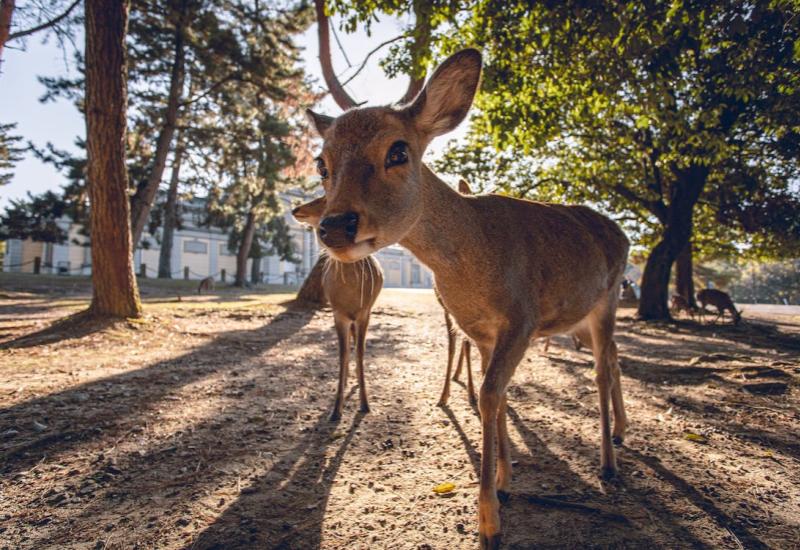
Another historic city, Nara, may be reached from Kyoto by train in approximately fifty minutes. Many historical sites can be found there, including Todaiji, a Buddhist temple founded in the early eighth century by Emperor Shomu. Nara has more to offer than just historical landmarks and conventional temples! Opened in 1880, Nara Park is a large park. It covers approximately 502 hectares and is surrounded by several well-known ancient sites, such as Kofukuji, Todaiji, and the Nara National Museum.
Because there are truly over 1,000 deer living in Nara Park, the park is also known as Deer Park! To feed the deer, you can purchase crackers, and some will even bow down to you in exchange for a cracker! But exercise caution—while often docile and amiable, these deer can occasionally become hostile. In the spring, Nara Park is a well-liked location for viewing cherry blossoms, which are a gorgeous display of pink blossoms!
6. Hiroshima Peace Memorial Park
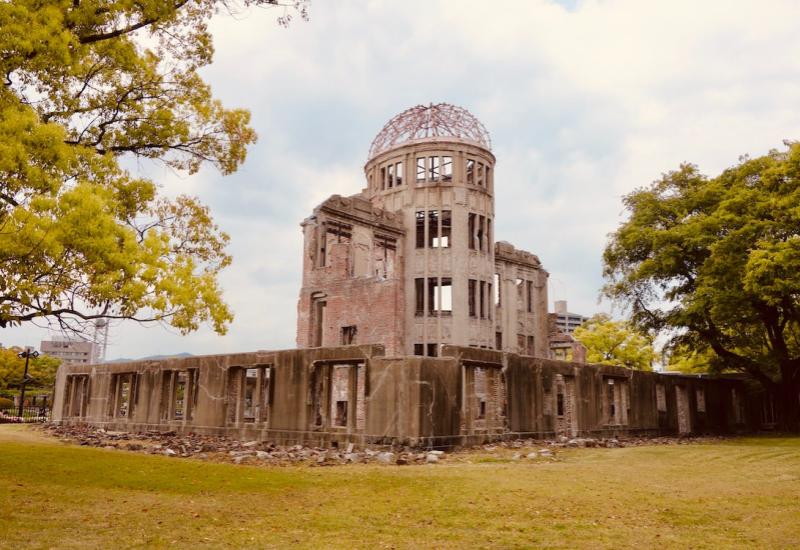
Although there isn’t much to say about the atrocities of the August 1945 atomic bombing of Hiroshima, there is enough to say about the amazing efforts this dynamic city has made to remember the countless people who perished in the world’s first nuclear attack. Here you’ll find a number of important monuments, memorials, and museums relating to the events of that fateful day.
In addition to the grounds and gardens with their colourful cherry blossoms, the park is where you’ll find the Peace Memorial Museum, with its numerous exhibits dealing with the issue of world peace. It’s also where you’ll find the Memorial Cenotaph and the Flame of Peace, as well as the Atom Bomb Dome, the ruins of an administrative building that lay at the centre of the explosion.
7. Animal Islands
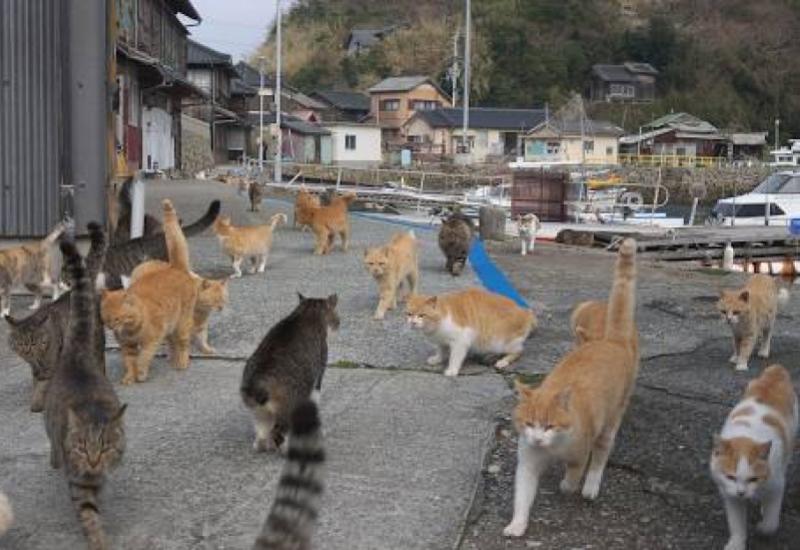
There are several animal islands in Japan where tourists can witness untamed animals living among people or on deserted islands. There are many different kinds of animal islands in Japan, including cat islands, rabbit islands, sheep islands, monkey islands, etc. Tashiro Island, known as a “cat island,” in Miyagi prefecture is home to more than 100 cats compared to just about 60 humans. On the island, there’s even a shrine devoted to cats! With a sordid past.
Okuno Island in the Seto Inland Sea is known as the “rabbit island,” home to approximately 900 feral rabbits. Numerous tourists from inside and outside of Japan are drawn to the country by its fascinating history and cuddly rabbits.
8. The Island Shrine of Itsukushima
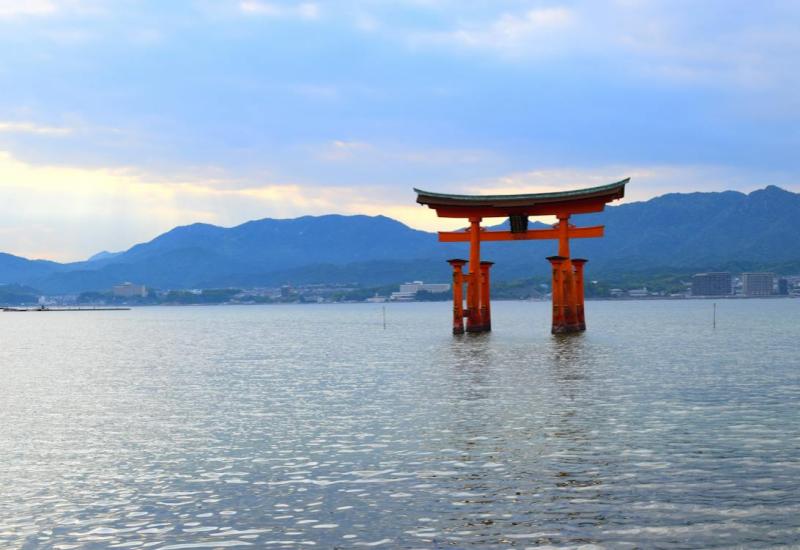
Miyajima, often known as Japan’s Shrine Island, is an island that is only a short ferry journey from Hiroshima’s mainland. Miyajima, which is located in Hiroshima Bay and occupies an area of thirty square kilometres, is most known for being the location of the Itsukushima Shrine, a Shinto temple devoted to the princess daughters of the wind god Susanoo.
The majority of the shrine’s eighteenth-century structures rise from the waters of a tiny bay supported only by piles. These buildings, notably the well-known Great Floating Gate (O-Torii), have an absolutely breathtaking effect during high tide, giving the impression that they are floating on water.
Walkways and bridges connect it, making it an intriguing location to explore, especially the larger rooms. These include the magnificent Hall of a Thousand Mats (Senjokaku), the Offerings Hall (Heiden), the Prayer Hall (Haiden), and the Honden (Main Hall).
9. Naoshima, The Art Island
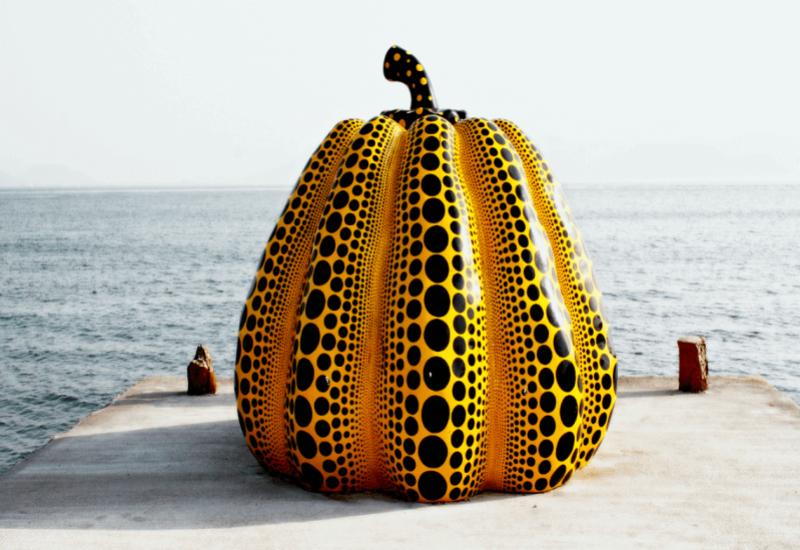
Known as the “art island,” Naoshima is situated in the Seto Inland Sea and is becoming more and more popular with travellers. Naoshima became the hub of Japan’s modern art exhibitions thanks to its stunning ocean vistas and vibrant outdoor artworks. You can visit a lot of galleries and museums; both the new and old buildings will appeal to art enthusiasts.
The red and yellow pumpkins by well-known Japanese artist Yayoi Kusama are among the most iconic pieces of art. Red Pumpkin is probably the first item you will notice on the island because it is close to the Miyanoura Port. By bus, Yellow Pumpkin is just ten minutes away. For a day trip around Naoshima, rent a vehicle or a bicycle!
10. Temple City: Historic Nara
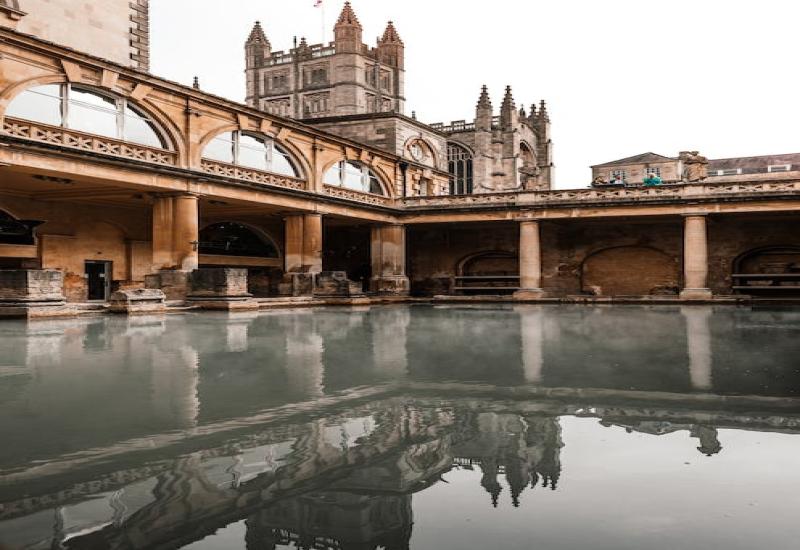
The beautiful, pristine city of Nara, long the centre of Japanese culture, is home to several historic structures, significant national treasures, and artwork. The city is home to many significant ancient temples in addition to its many historic streets. Of the Seven Great Temples of Nara, the beautiful Kofuku-ji Temple from the seventh century is arguably the most well-known.
Similarly, the majestic Todai-ji (Great East Temple) from the eighth century is well-known for its enormous bronze statue of the Great Buddha (Daibutsu), which was cast here in AD 749.
11. Snow Monkey Park
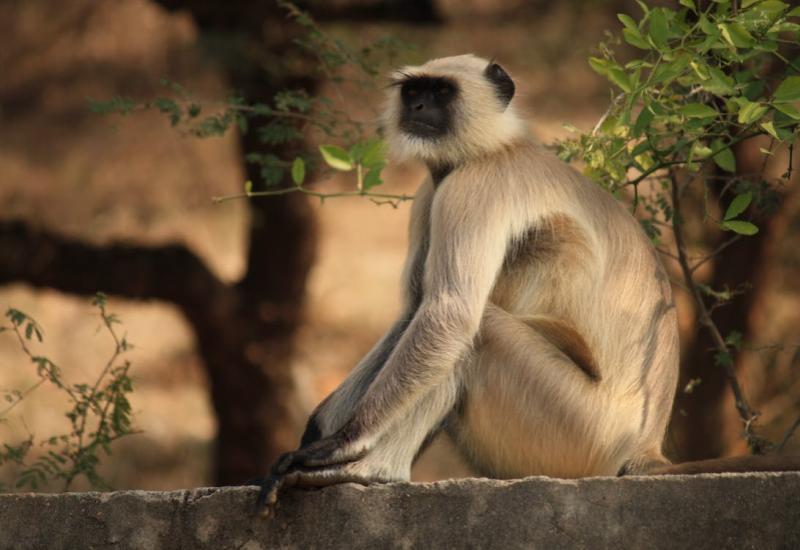
Ever thought of apes in the wild taking a bath in a hot spring? Though it might seem unbelievable, this well-known tourist destination in Japan is true! A distinctive nature park called Snow Monkey Park shot to fame overnight after appearing in the American magazine Life. Guests can observe untamed primates moving freely in an amazing natural setting. Situated at an altitude of 850 metres, the park experiences snowfall throughout the chilly months of the long winter season.
Because of the extreme temperature, monkeys take advantage of the opportunity to warm up in a natural hot spring spa, which draws a large number of foreign visitors each year.
12. Osaka Donobori
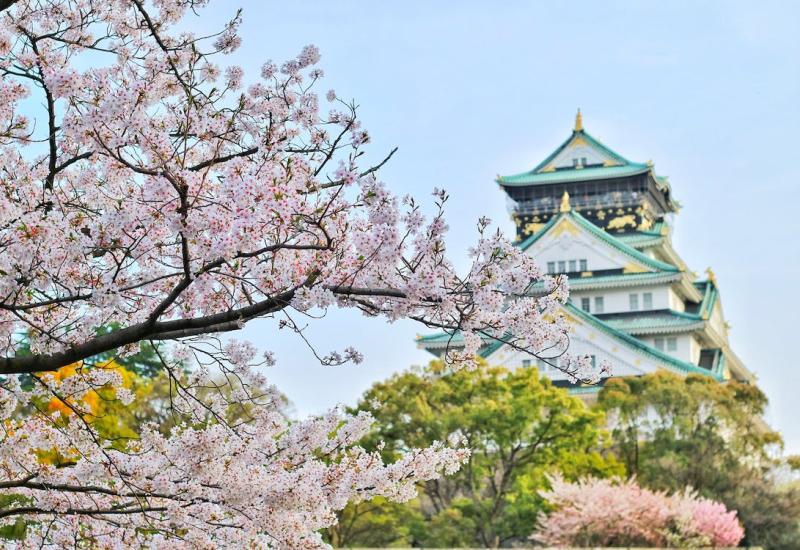
Osaka, the second-biggest city in Japan, welcomes you with a vibrant vibe exclusive to the Kansai region—quite unlike anything you’ll find in Tokyo! The term “Dotonbori” describes a bustling downtown area that has a tonne of stores, eateries, izakaya pubs, entertainment venues, and more! You could easily spend several hours exploring the region because there is so much to see and do.
The iconic Ebisubashi bridge spans the Dotonbori Canal and is a great place to snap iconic pictures with the enormous Guriko Sign signboard.
Taste some of the regional delicacies, such as okonomiyaki and tataki. Savour a unique evening experience at izakaya bars that provide a selection of foods and premium Japanese sake!
13. Ghibli Locations
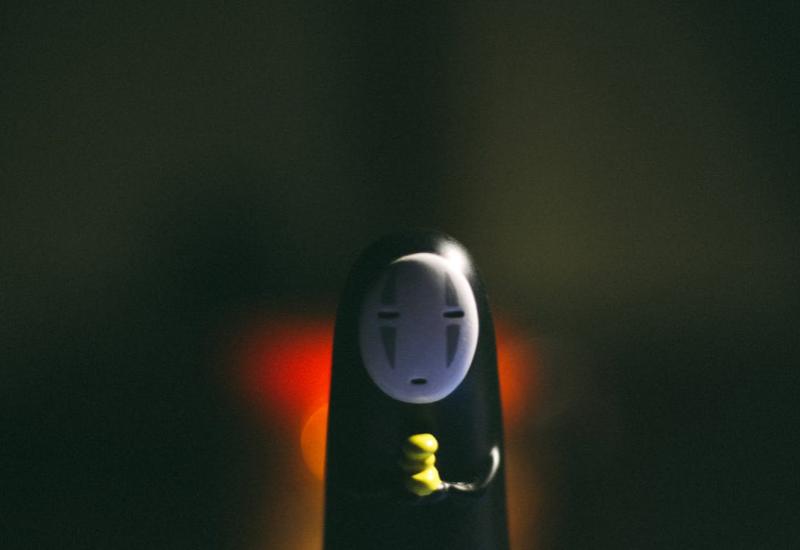
Certain locations are purportedly models of well-known Ghibli locations in Japan. One of these is Yakushima, which is credited with inspiring Princess Mononoke. Additional Ghibli sites in Japan include Dogo Onsen in the prefecture of Ehime, where you may view a hot spring bathhouse that resembles a bathhouse from the movie!
14. Nakasendo

An ancient route called Nakasendo links Edo, or the old Tokyo, with Kyoto, which flourished throughout the Edo era. These days, many hikers use this well-liked path to take in the mountains and historic structures. On the Nakasendo trail, Magome and Tsumago are particularly well-liked destinations for hiking and sightseeing. These are the former post towns nestled in the highlands, nonetheless retaining a large number of their historic homes. Hiking between these two settlements takes about three to four hours.
Although special hiking equipment is not required due to the route’s combination of gradual slopes and abrupt hills, you can drive or take a bus between the towns if you’re concerned!
15. Chubu-Sangaku National Park and Japanese Alps
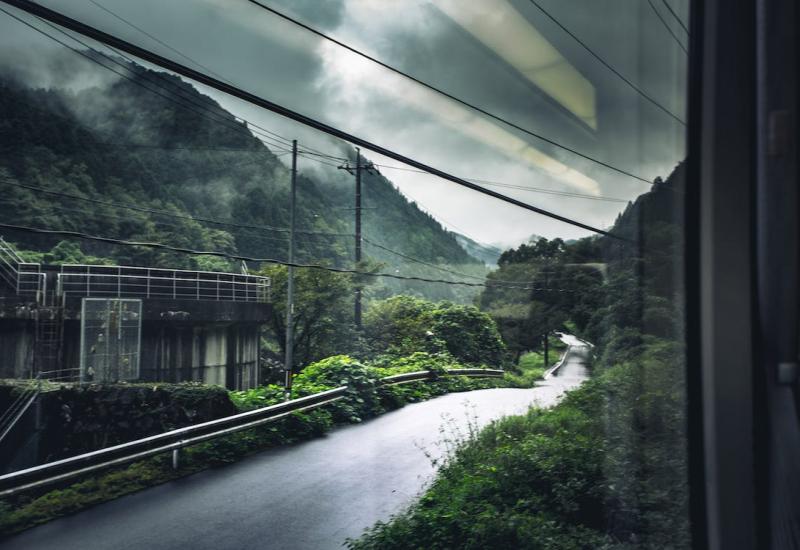
Many of the exceptional natural beauty spots in Japan are recognised as national parks or, occasionally, as UNESCO World Heritage Sites. In the heart of Honshu, Chūbu-Sangaku National Park is one of the most striking of these in the nation. The Hida Mountains, also known as the Japanese Alps, are a series of mountains that are situated in the northern and central sections of the park.
Some of the tallest peaks in the nation are found in this area, including 3,190-meter-high Hotaka and 3,180-meter-high Yari. The Japanese Alps are similar to the Alps in Central Europe in many aspects, including the landscape’s nature and the quantity of snowfall during the winter. As a result, many walkers, climbers, and skiers visit the Japanese Alps in the summer.
16. Fukuoka Castle Ruins and the City’s Ancient Festivals

In the centre of Maizuru Park are the ruins of the once-grand Fukuoka Castle, constructed in the early 1600s. The castle used to be a magnificent illustration of the numerous and imposing hilltop residences that shoguns and city governors favoured. However, as a reaction to the feudal system, it was demolished following the Meiji Restoration.
All that is left of the castle now are its ruins, which include one of the towers and the main gate. The lush walking routes and picturesque lookouts with stunning views of the Naka River are the main draws for tourists. Views of the city beyond are visible if you ascend to the summit of the ruins. When the cherry blossoms are in full bloom in the spring, the park is extremely beautiful.
Fukuoka is renowned for its numerous celebrations and festivities. The most well-known of these is Hakata Gion Yamakasa, a well-known celebration that spans two weeks and dates back 700 years. Held annually in July, it attracts millions of tourists from all across the nation with its vibrant parades, traditional races and costumes. The city also has its share of contemporary attractions. The most famous of them is Canal City Hakata, a city inside a city that has fantastic stores, lodging options, dining options, and a theatre. A canal also runs through the complex.
17. Koyasan Okunoin
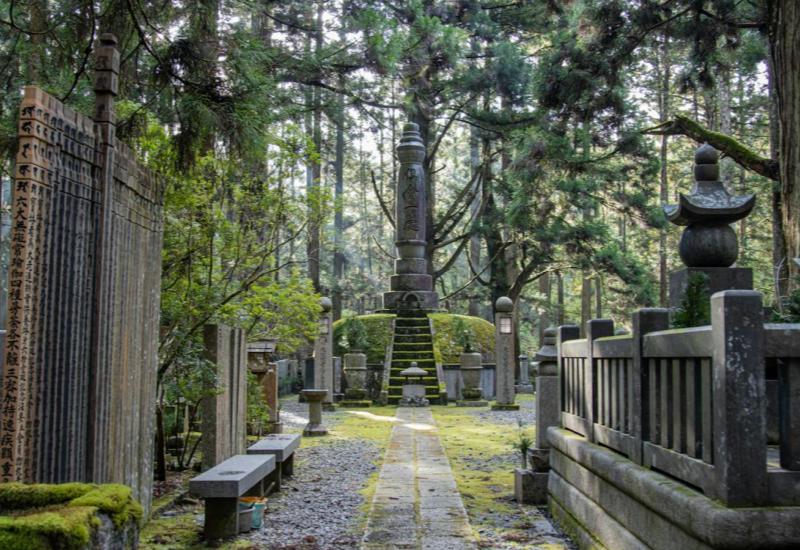
Although it might not look like a top attraction, Koyasan Okunoin in Japan is a fantastic exception. The mausoleum of Shingon Buddhism’s founder, Kobo Daishi, is located at this well-known pilgrimage site, making it one of the most revered locations in the nation.
The Ichinohashi Bridge, the first bridge into the cemetery, must be crossed by guests in order to get there. Visitors will cross more than 200,000 tombstones en route to the mausoleum. The route leads to the Gokusho Offering Hall, where guests can offer tributes and offer prayers for departed family members. Whether you believe in it or not, you will sense the power of something, as pilgrims from all over the nation have come to chant and worship in Kobo Daishi’s presence.
18. Open Air Museum, Hakone
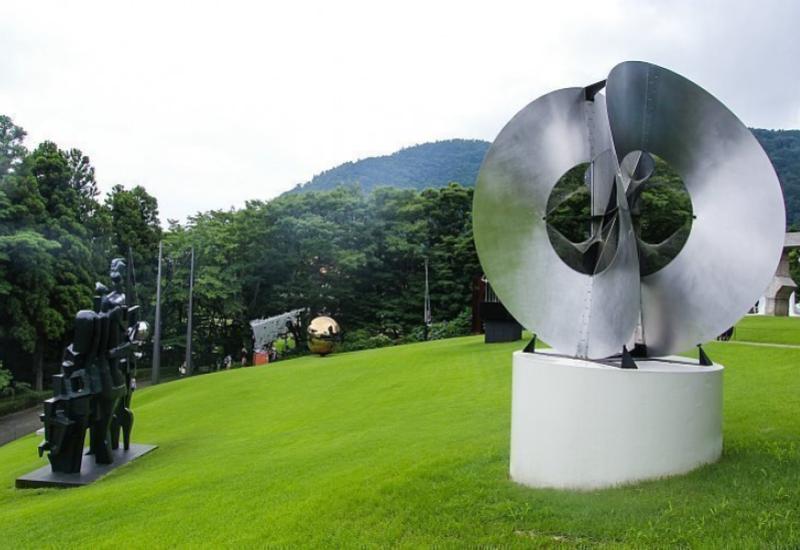
Situated in the Fuji-Hakone-Izu National Park, west of Tokyo, the town of Hakone is renowned for its serene hot spring spas and breathtaking mountains. That alone is reason to visit this charming little town. However, the remarkable Open-Air Museum is yet another major attraction in this serene area of heaven.
The museum contains an interior display as well as outdoor ones, including one of the most spectacular Picasso collections in the world. This collection features over 300 pieces by the renowned Spanish painter, encompassing his oil paintings, prints, ceramics, and sculptures.
19. Okinawa Churami Aquarium
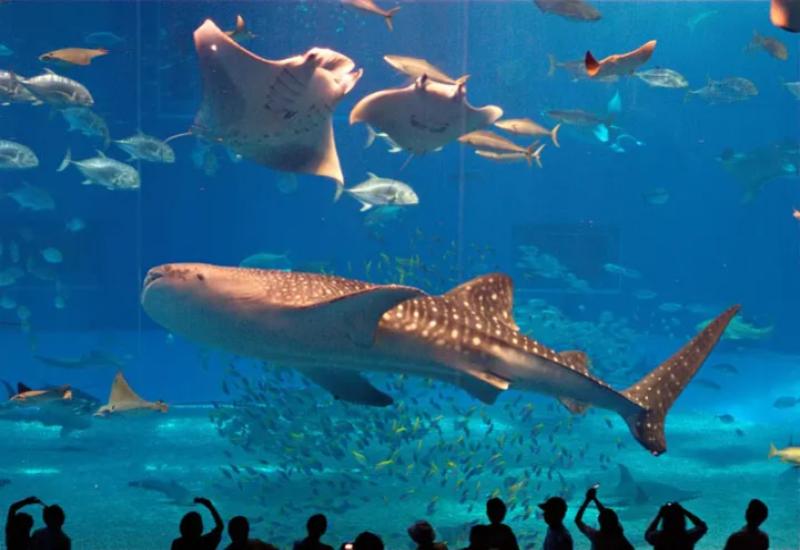
The Okinawa archipelago, which is scattered between Taiwan and the Japanese mainland, is made up of more than 150 islands. This tropical setting, which features stunning beaches and waving palm trees, is entirely distinct from other parts of Japan.
The Churaumi Aquarium and other museums may be found on the main island, which goes by the name Okinawa.
The aquarium also features a section devoted to tiger and bull sharks, as well as a deep water display featuring bioluminescent fish. There are several pools outside where manatees, dolphins, and sea turtles can be found.
20. Matsumoto Castle, Nagano
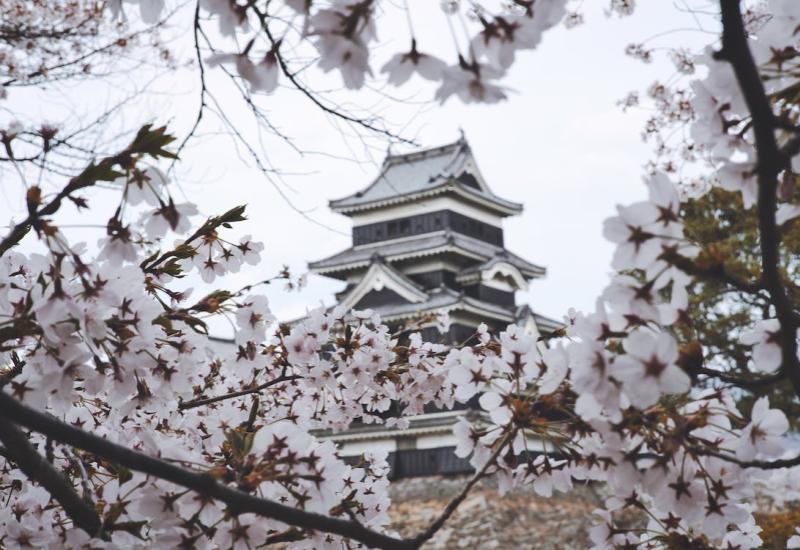
There are hundreds of stunning, old castles in Japan. However, none compares to Matsumoto Castle’s completeness or allure. Situated in Nagano, Matsumoto was constructed between 1592 and 1614. Advice: The spring is one of the best seasons to visit the castle when hundreds of cherry blossoms are in bloom, turning the castle’s gardens a powdery pink.
One of the best looks back in time is provided to visitors inside the castle. The timber interiors of Matsumoto Castle have been preserved, giving the visit a very ancient atmosphere. It is thought that Matsumoto Castle is one of the five castles that have been named “National Treasures of Japan.” It is the nation’s oldest surviving six-story castle tower.


